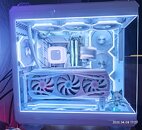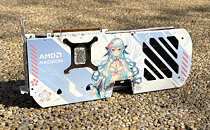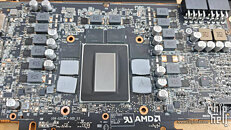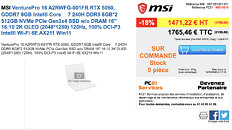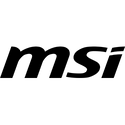
DXVK 2.7 Optimizations Give Intel Arc GPUs a Performance Boost on Linux
Intel GPU-based Linux gamers are about to receive a performance uplift. According to the latest update to DXVK, a Vulkan-based translation layer for DirectX 8/9/10/11, Intel's "Battlemage" dGPUs and "Lunar Lake" Arc iGPUs now support memory defragmentation by default, helping Intel GPUs reduce VRAM usage and increase performance, which provides a smoother gaming experience when using the DXVK translation layer. In version 2.7, DXVK forces discrete GPUs to adhere to driver-set memory budgets whenever possible and dynamically frees unused resources to system memory when applications place a significant VRAM load. DXVK v2.7 release notes state that this will be particularly beneficial to Unity Engine and VRAM-constrained titles. This optimization will also enable higher texture quality in game settings, maintaining the same performance as before, and further building upon the memory optimization.
As a critical component of Valve's Proton software stack, this DXVK update also provides Intel-based handhelds, such as the MSI Claw, with increased performance when running SteamOS. Given that we measured a sizable crowd, comprising 3.4% of all handheld users, playing with MSI Claw, many handheld gamers considering running SteamOS on their device will find this DXVK update quite welcome.Here is a complete DXVK v2.7 changelog.
As a critical component of Valve's Proton software stack, this DXVK update also provides Intel-based handhelds, such as the MSI Claw, with increased performance when running SteamOS. Given that we measured a sizable crowd, comprising 3.4% of all handheld users, playing with MSI Claw, many handheld gamers considering running SteamOS on their device will find this DXVK update quite welcome.Here is a complete DXVK v2.7 changelog.


























